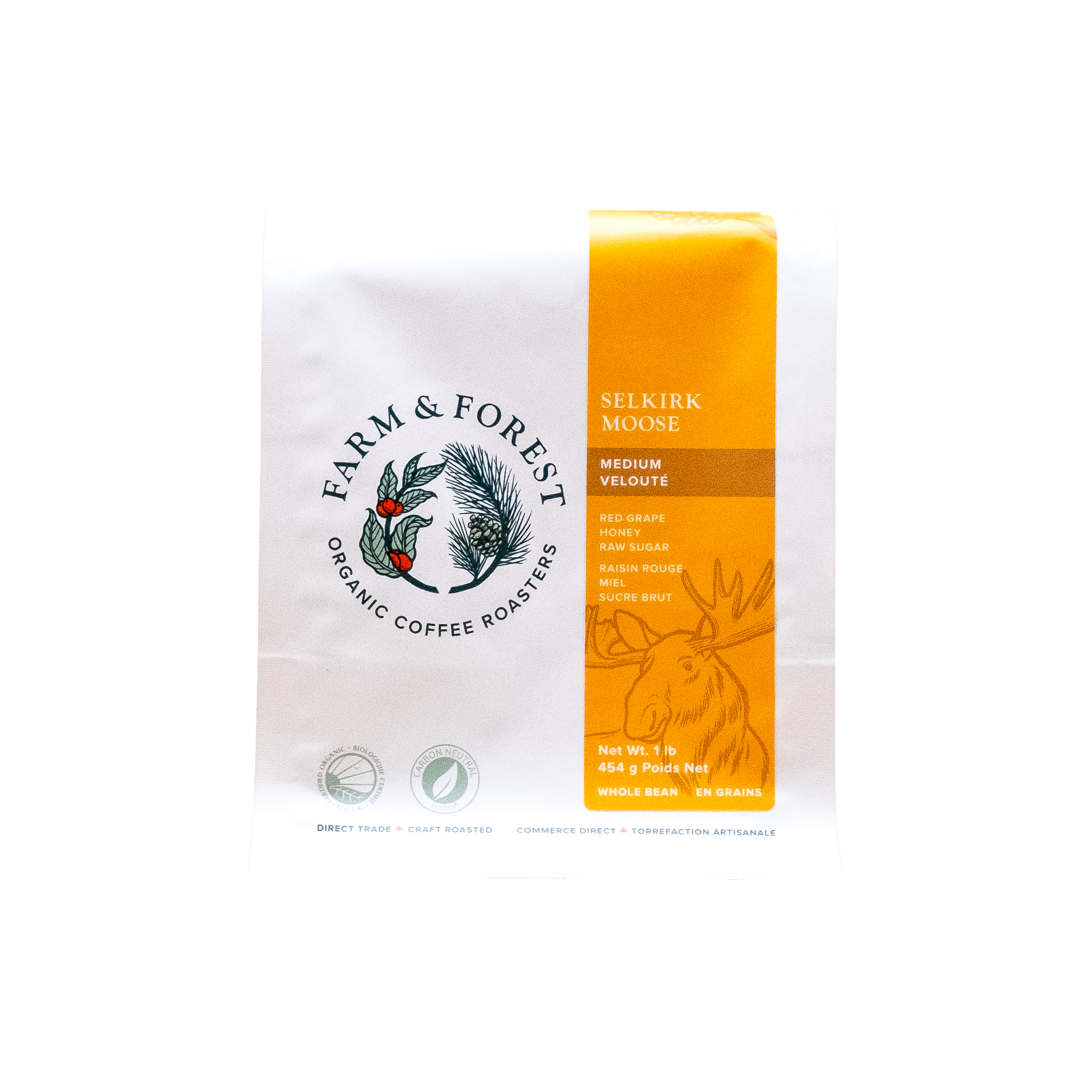Coffee to Water Ratio for Drip Coffee: Learn the Ideal Amount of Coffee to Water
Coffee to Water Ratio Chart for Drip Coffee
Conclusion: Finding the Perfect Coffee to Water Ratio
Coffee to Water Ratio for Drip Coffee: Learn the Ideal Amount of Coffee to Water
Why Coffee to Water Ratio Matters
- Too much coffee can lead to a brew that’s overly bitter or strong
- Too little coffee can result in a weak, underwhelming cup
- The right balance ensures a well-extracted, flavorful cup of coffee with the ideal strength for your taste preferences.
What Is the Best Coffee to Water Ratio for Drip Coffee?
- 1 tablespoon of coffee for every 6 ounces of water.
What Is the Best Coffee to Water Ratio for Drip Coffee?
| Coffee (grams) | Water (ml) | Water (oz) | Servings (Cups) |
| 15g | 240ml | 8oz | 1 cup |
| 30g | 480ml | 16oz | 2 cups |
| 45g | 720ml | 24oz | 3 cups |
| 60g | 960ml | 32oz | 4 cups |
Measuring Coffee by Weight vs. Volume
- By weight: 1 gram of coffee for every 16 grams of water.
- By volume: 1 tablespoon of coffee for every 6 ounces of water.
Tips for Perfect Drip Coffee Extraction
The ideal water temperature for brewing coffee is between 195°F and 205°F
The Role of Coffee Quality
- Buy freshly roasted beans: Coffee starts to lose its freshness as soon as it’s roasted. Look for beans that have been roasted within the past two weeks.
- Store coffee properly: Use an airtight container to keep your beans fresh. Avoid storing coffee in the fridge as this can lead to condensation and flavour degradation.
- Grind just before brewing: Coffee loses its flavour more rapidly after it has been ground, so it’s best to grind the beans right before you brew.

Organic Wolverine Coffee

Organic Western Red Cedar Coffee

Organic Western Screech Owl Coffee

Organic Darkwoods Espresso

Organic Selkirk Moose Coffee

Organic Trembling Aspen SWP Decaf Coffee
Common Mistakes to Avoid When Brewing Drip Coffee
- Using too much or too little coffee: Stick to the recommended ratio for the best results.
- Skipping the cleaning process: Regularly clean your drip coffee machine to avoid the buildup of oils and residue, which can negatively impact the flavour.
- Not pre-wetting the coffee filter: If you’re using a paper filter, make sure to pre-wet it before brewing to remove any papery taste.
Conclusion: Finding the Perfect Coffee to Water Ratio
Frequently Asked Questions About Drip Coffee Ratios
Can I Adjust the Coffee to Water Ratio Based on Taste?
Yes, the ratio can be adjusted to suit your taste preferences. If you prefer a stronger brew, you can use a 1:15 ratio, which means a slightly higher coffee concentration. For a milder flavour, you can go with a 1:17 ratio. It’s all about experimenting until you find the perfect balance for your palate.
What Happens If I Use Too Much Coffee?
Using too much coffee in your drip brewer can result in an overly concentrated brew that tastes bitter and harsh. Over-extraction occurs when water pulls too many compounds from the coffee grounds, leading to an unpleasant taste.
Can I Use Less Coffee for a Larger Batch of Drip Coffee?
While it may seem tempting to reduce the amount of coffee to make a larger batch, it’s not advisable. Under-extraction will occur, and the coffee will taste weak and sour. The coffee-to-water ratio needs to remain consistent to maintain the quality and balance of flavour, no matter the batch size.
What Coffee to Water Ratio Should I Use for Stronger Coffee?
If you prefer a stronger cup of coffee, you can reduce the water-to-coffee ratio to increase the concentration of coffee in your brew. A 1:15 or even 1:14 ratio can be used for a more intense flavour. For instance, you would use 1 gram of coffee for every 14-15 grams (or millilitres) of water. Keep in mind that this will result in a richer and more robust cup, but be careful not to overdo it, as too strong a brew can taste bitter or unpleasant.
Does the Type of Coffee Bean Affect the Coffee-to-Water Ratio?
Yes, the type of coffee bean can influence the ideal ratio. Lighter roasts tend to be more delicate in flavour, so they might benefit from a slightly higher coffee-to-water ratio, such as 1:16 or 1:17, to allow more water to extract the subtler flavours. Darker roasts, which are bolder and more robust, can handle a 1:15 or even 1:14 ratio for a fuller, more concentrated taste. Experiment with different beans and adjust the ratio accordingly to find the best balance for each type.
How Does Brewing Altitude Affect the Coffee to Water Ratio?
At higher altitudes, water boils at a lower temperature, which can affect how coffee is extracted. If you’re brewing at a high altitude, the water temperature may not reach the optimal level needed for proper extraction. As a result, you may need to slightly increase the coffee-to-water ratio (use a 1:15 ratio instead of 1:16) to compensate for the lower brewing temperature. Additionally, you may want to grind your coffee slightly finer to help with extraction when brewing at a high altitude.












